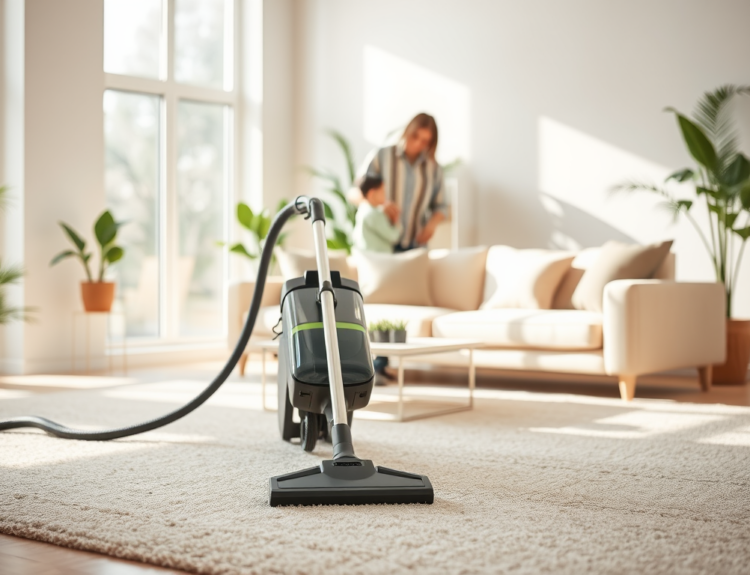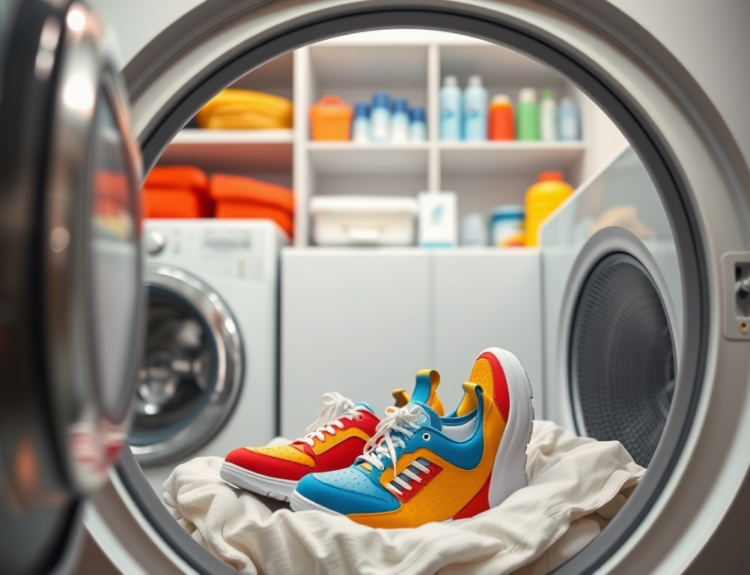Cleaning a microfiber couch might seem daunting at first, but with the right techniques and products, you can restore its beauty and remove stubborn stains effectively. Microfiber couches are popular due to their soft texture and versatility, but just like any other upholstery, they require regular maintenance to keep them looking fresh. In this article, we’ll guide you through the steps and provide tips to effectively clean your microfiber couch, tackling even the toughest stains.
Understanding Your Microfiber Couch

Before starting the cleaning process, it’s essential to understand the fabric of your microfiber couch. Microfiber is a synthetic fiber that is dense and durable, making it resistant to wear and tear. However, despite its durability, it can still attract dust and stains over time. Check the cleaning code on your couch tag; it might display a letter such as “W,” “S,” “SW,” or “X,” which indicates the types of cleaning agents that can be used safely.
For example, a “W” indicates that water-based cleaners are suitable, whereas an “S” suggests using a solvent-based cleaner. It’s crucial to adhere to these guidelines to avoid damaging the fabric. If your couch is labeled “X,” it means that it should only be professionally cleaned or vacuumed, as any cleaning solutions may ruin the material.
Once you’re familiar with your couch’s cleaning code, you can begin the cleaning process. Here is a comprehensive step-by-step guide:
- Start by vacuuming the couch thoroughly to remove any loose dirt and crumbs. Use a brush attachment to gently go over the cushions and creases.
- If your couch is water-safe (“W” or “SW”), mix a few drops of mild dish soap with a cup of warm water and use a clean cloth to apply this solution to the stained areas.
- For “S” coded couches, use a solvent-based cleaner following the manufacturer’s instructions, applying it gently to stained sections.
- After applying your chosen cleaner, blot the area with a dry cloth to absorb any excess moisture or cleaner, avoiding heavy rubbing as it may damage fibers.
- Allow the fabric to air-dry completely—avoid using heat or direct sunlight which can distort the fabric.
Tackling Tough Stains

For tougher stains that don’t come out with the initial cleaning, you’ll need a focused approach. Grease, ink, or cosmetic stains can be particularly stubborn, so tackling them requires patience and the right products.
Firstly, for greasy stains, sprinkling some corn starch on the area and letting it sit for 15-20 minutes can help absorb the oil. For ink stains, try using a little rubbing alcohol on a cotton ball and dab it gently over the stain, ensuring not to scrub. Make sure to test any cleaning product on an inconspicuous area first to prevent any accidental discoloration.
Protecting Your Microfiber Couch
Prevention is always better than cure, and protecting your microfiber couch can save you from frequent cleaning. Consider using a fabric protector spray specifically for microfiber to repel spills and stains. This creates a barrier on the fabric that reduces absorption.
Regularly fluffing cushions and rotating them can also prevent uneven wear and extend the life of your couch. Aside from protecting the material, these practices keep the couch looking plump and comfortable.
Conclusion
Regular maintenance and immediate stain treatment can keep your microfiber couch looking pristine for years. By understanding your couch fabric and using the correct cleaning method for your couch’s care code, you can avoid damaging the fabric while effectively removing dirt and stains. Regular vacuuming and the occasional spot treatment can make a significant difference in the longevity of your furniture. With these steps, your microfiber couch will remain an inviting and comfortable part of your living space.
Frequently Asked Questions
Can I use vinegar to clean my microfiber couch?
Yes, vinegar can be used as a cleaning agent on microfiber couches with a “W” or “SW” cleaning code. Mix equal parts of water and white vinegar, apply it with a clean cloth, and blot until the stain lifts.
How often should I clean my microfiber couch?
It’s best to vacuum your microfiber couch weekly to remove surface dirt and crumbs. For spill stains, clean them immediately to prevent setting. Deep cleaning can be done every 6 to 12 months depending on usage.
What if my microfiber couch doesn’t have a cleaning code?
If there’s no cleaning code, start with a gentle approach and test any cleaner on an inconspicuous area first. Consulting the manufacturer or looking up your couch model online for its specific cleaning instructions can also help.
Why are some stains not lifting from my microfiber couch?
Certain stains may have set into the fibers or require specialized cleaning products. In such cases, a professional cleaning service may be necessary to ensure the stains are treated without damaging the fabric.
Is it safe to steam clean a microfiber couch?
Steam cleaning may be safe on some microfiber couches, but it’s essential to refer to the cleaning code. If the code includes “W” or “SW,” then steam cleaning is generally permissible. Make sure the fabric is dry completely after the process to prevent mold or mildew.



